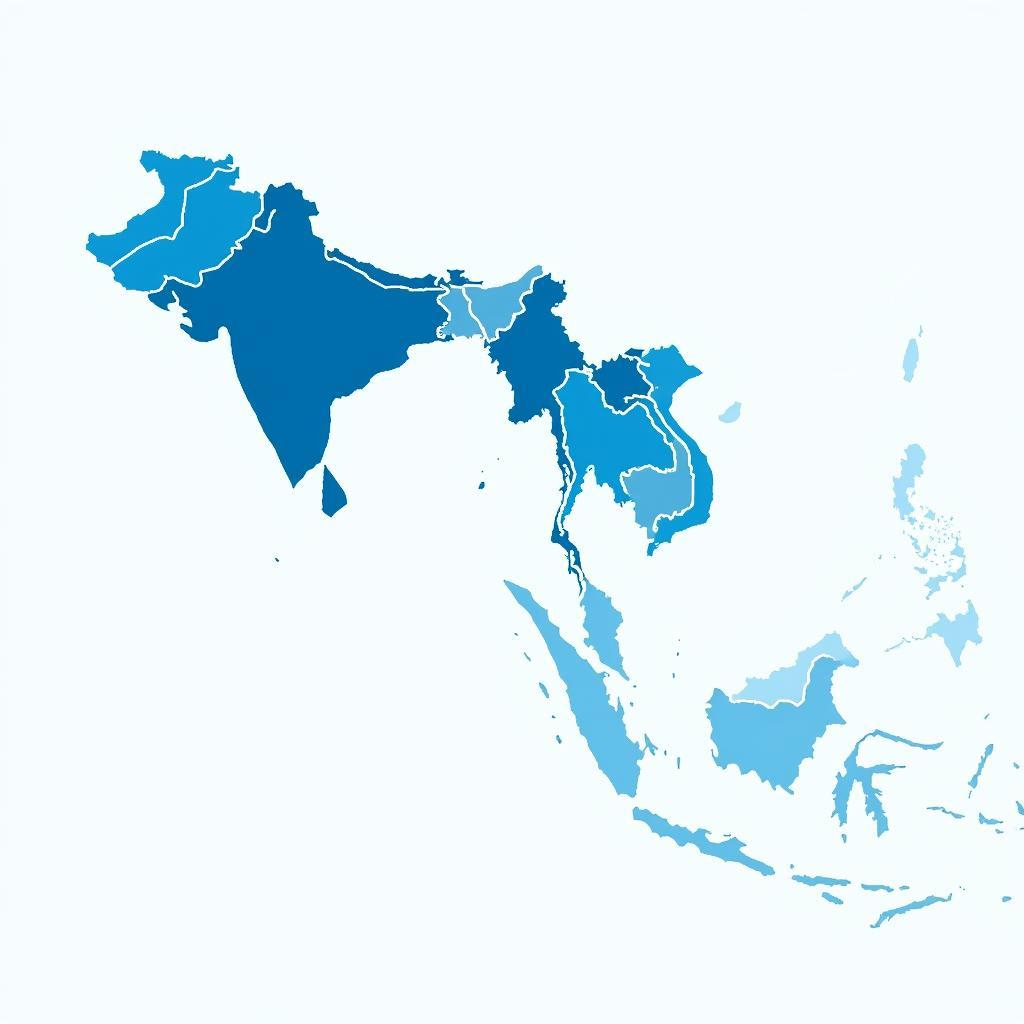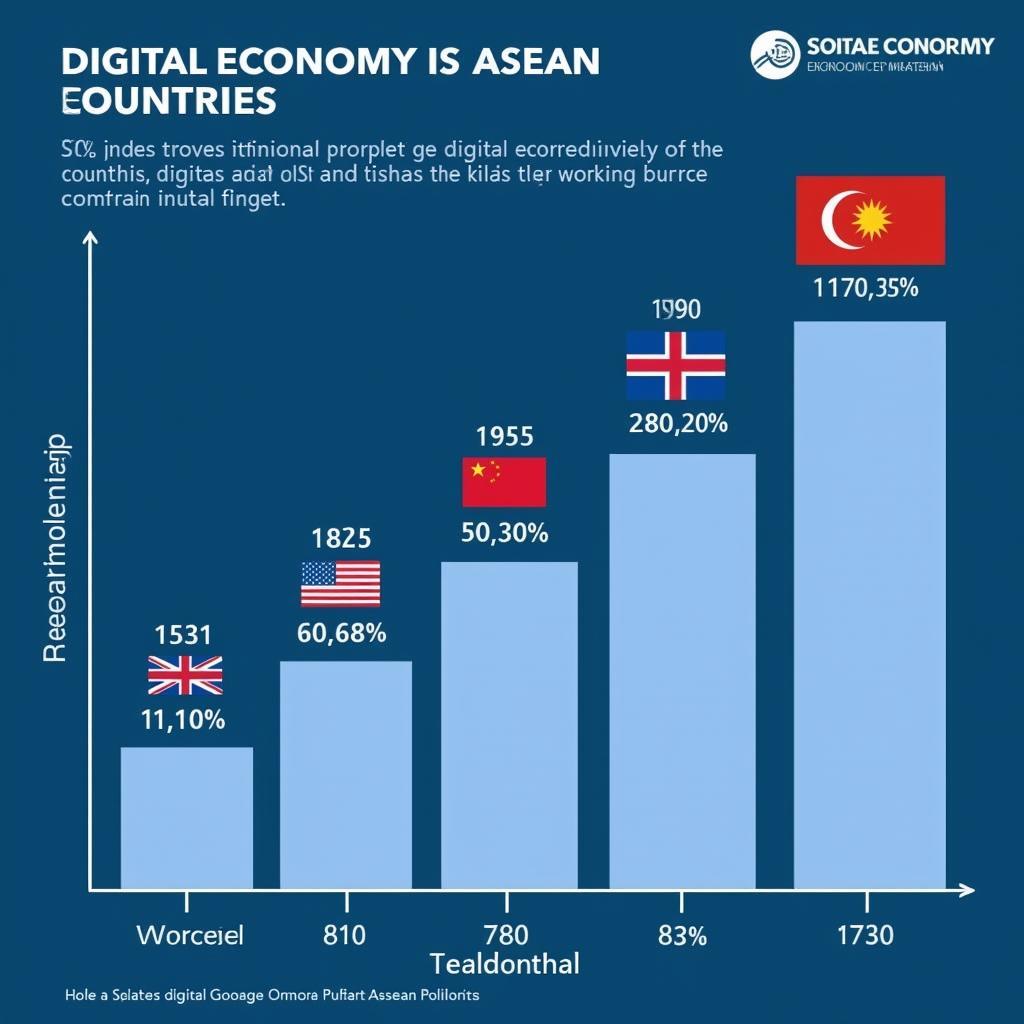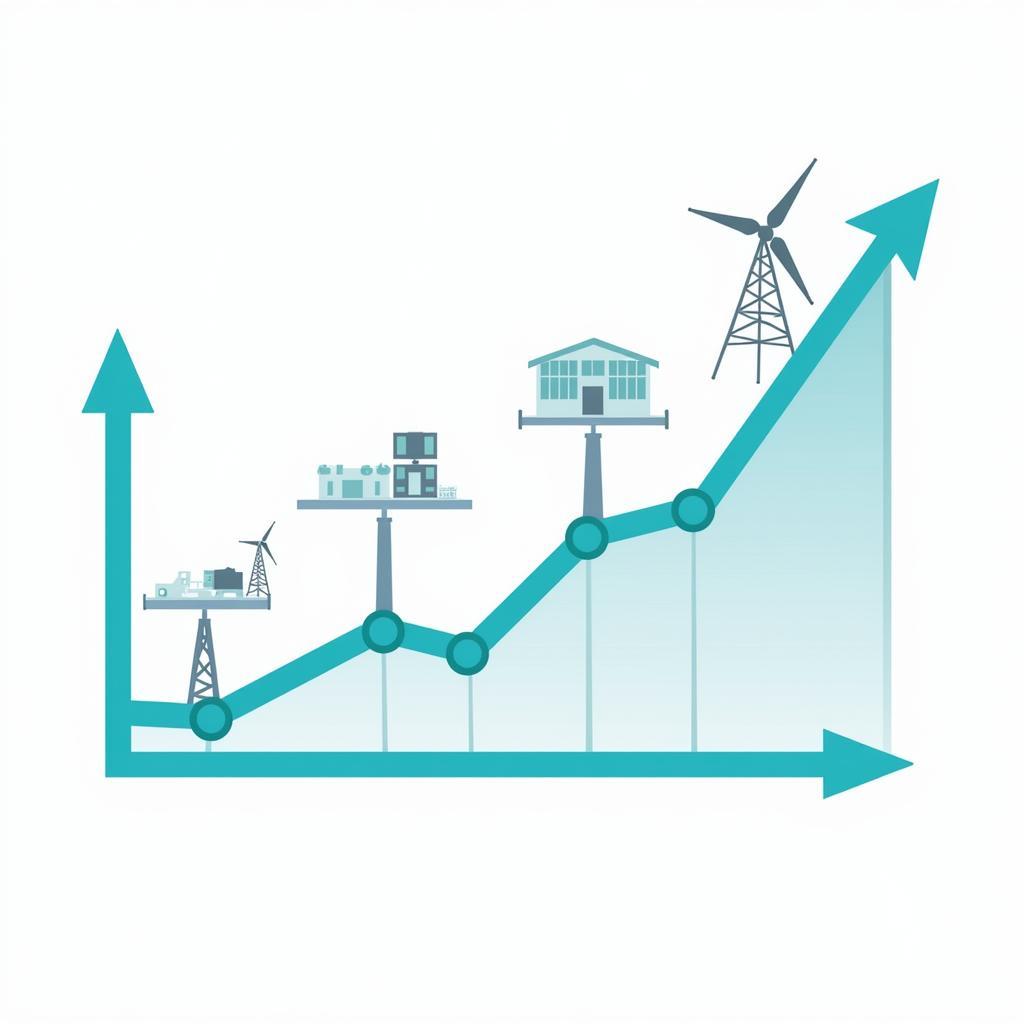In 2017, the digital landscape in ASEAN was rapidly evolving, with internet penetration rates steadily increasing across the region. This period marked a crucial turning point as internet connectivity began to play a more significant role in the lives of millions. Understanding the average internet speed in ASEAN during this time provides valuable insights into the region’s technological progress and the challenges it faced.
Factors Influencing Internet Speed in ASEAN
Several factors contributed to the average internet speed in ASEAN countries back in 2017. These include:
-
Infrastructure Development: The level of investment in broadband infrastructure, including fiber optic cables and mobile networks, significantly impacted internet speeds. Countries with more developed infrastructure generally experienced faster speeds.
-
Government Policies and Regulations: Supportive government policies and regulations played a crucial role in fostering competition and encouraging investment in the telecommunications sector, leading to improved internet speeds.
-
Geographic Factors: The geographical diversity of Southeast Asia, with its archipelagic nature and mountainous terrains, posed challenges to infrastructure deployment, resulting in varying internet speeds across different regions.
-
Economic Development: A nation’s economic capacity influences its ability to invest in and adopt new technologies. More economically developed countries within ASEAN tended to have faster internet speeds.
The Importance of Understanding ASEAN Internet Speed in 2017
Analyzing the average internet speed in ASEAN during 2017 provides a historical benchmark for measuring progress and identifying areas for improvement. This information is valuable for:
-
Tracking Technological Advancement: Understanding past internet speeds helps assess how far the region has come in terms of digital infrastructure and connectivity.
-
Attracting Foreign Investment: A clear picture of internet speed trends allows potential investors to evaluate the digital readiness of ASEAN countries.
-
Formulating Effective Policies: Governments and policymakers can use this data to develop strategies that promote equitable and robust internet access for all.
 ASEAN Internet Infrastructure in 2017
ASEAN Internet Infrastructure in 2017
Challenges and Opportunities
While ASEAN countries made notable strides in improving internet speeds, challenges remained. Some of the key challenges included:
-
Digital Divide: Disparities in internet access and speed between urban and rural areas persisted, creating a digital divide that hindered inclusive growth.
-
Affordability: The cost of internet access remained a barrier for many, particularly in lower-income communities.
-
Lack of Digital Literacy: A significant portion of the population lacked the skills and knowledge to fully utilize the internet and benefit from its potential.
Despite the challenges, the evolving digital landscape in 2017 presented significant opportunities for ASEAN:
-
Economic Growth: Improved internet connectivity had the potential to boost productivity, innovation, and entrepreneurship, driving economic growth across the region.
-
Social Development: Increased internet access could enhance access to education, healthcare, and other essential services, improving the overall quality of life.
-
Regional Integration: A well-connected ASEAN could foster greater collaboration and integration among member states, strengthening the region’s position in the global economy.
 Digital Economy Growth in ASEAN
Digital Economy Growth in ASEAN
Conclusion
Examining the average internet speed in ASEAN in 2017 offers a valuable lens through which to view the region’s digital journey. By understanding the factors that shaped internet connectivity during this period, we gain insights into the challenges and opportunities that continue to shape ASEAN’s digital landscape today. As ASEAN nations continue to invest in infrastructure, bridge the digital divide, and empower their citizens with digital literacy, the region is well-positioned to harness the full potential of the digital revolution.

